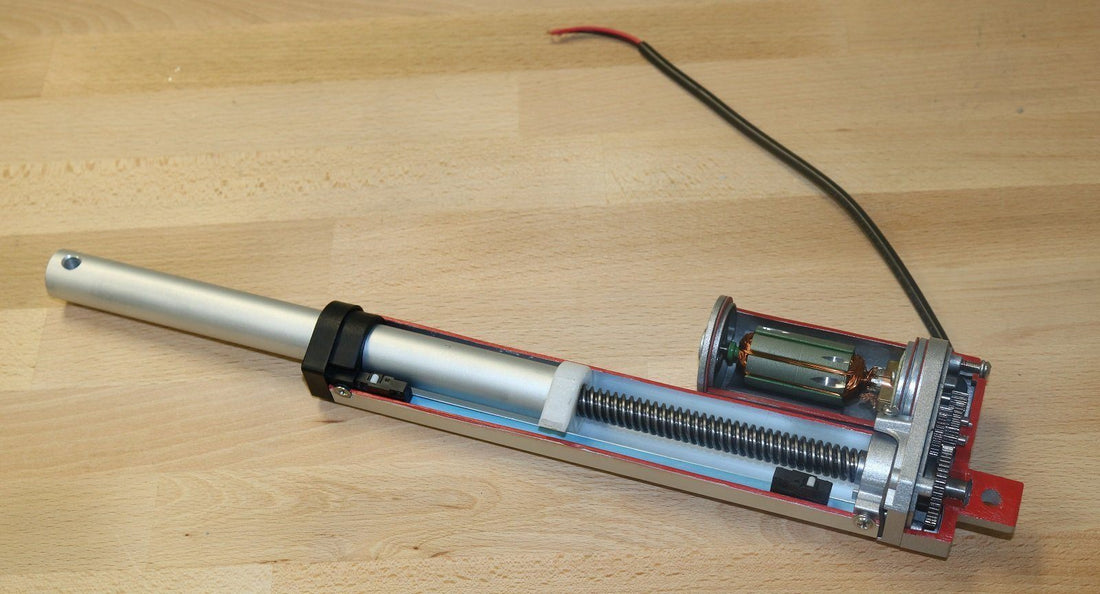At Progressive Automations, we design and manufacture all of our linear actuators with the highest standards of quality and durability. We aim to provide a variety of models to perfectly suit our customer’s wide range of applications, and to ensure that the models perform well and for a very long time. Here are some tips to help you ensure that you get the most out of our linear actuators. The topics will be discussed briefly, for a more detailed explanation please check out our other articles and videos.
Force
Our linear actuator models come with a variety of force options and it is important to select an actuator that is rated for the force required. For example, the PA-14 Mini Linear Actuator has 35lbs, 50lbs, and 150lbs force models available in-stock. We always advise choosing a force that is higher than what you believe your application demands. This is to account for potential additional forces that come from the way the linear actuator is mounted. Rarely does an application require a direct vertical lift, often it would be pushing against at an angle, in which case the angle and the distance from the pivot point greatly affect the force required. A good way to indicate if your actuator is being used beyond its capability is if the current (amps) being drawn while in operation is above the Full Load Current rating.
Note that fuses often do not protect against the actuator going over the Full Load Current rating since the actuator often only draws this much current for a brief period, not enough time for the fuse to blow.

Inside our PA-14 Linear Actuator
Stroke Length
It is important to choose the correct stroke length and ensure that there are no physical obstructions that could interrupt the actuator as it extends in order to prevent the motor from stalling.
The stroke length of an actuator is the measurement of how much it moves when activated. For example, the length of a PA-14 unit with a 6-inch stroke will be 10.85 inches when fully retracted. Once activated, the unit will extend 6 inches to its final length of 16.85 inches. Our linear actuators come with a built-in limit switch, to stop the motor once it reaches its final length. As soon as you reach 16.85 inches, the power will cut off from the motor even if you are still sending power through your switch or any other control method you may be using. You are able to stop the linear actuator before it reaches the final length by cutting off the power you are sending to it or by using an external limit switch that will be pressed when it reaches a certain length.
In the event that there is a physical obstruction in the actuator's path or if the application does not have enough space for the full stroke length then the motor will continue to draw power until it burns out.
Water Protection
Our actuators follow an international dust and water protection standard called an IP (ingress protection) rating. The IP rating is designed and tested for stationary protection. This means that while the IP rating may state what is suitable for an application, damage may occur over time since it does not account for motion. It is for this reason that we recommend choosing an IP rating higher than what the standard would suggest.
We suggest using the actuator in the downward direction for applications that are exposed to water or other potentially hazardous materials. This is to prevent water or dirt that has accumulated on the stroke rod from entering the actuator body once it retracts. This is especially important over time as the seal around the stroke rod may get damaged due to dirt and allow more water to enter. It also ensures that whatever water that may go inside the actuator housing does not accumulate in the motor or gearbox area, which will prevent rusting and seizing.




